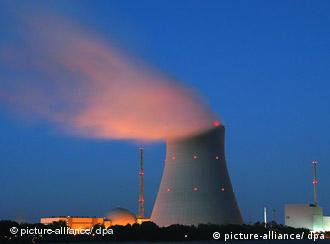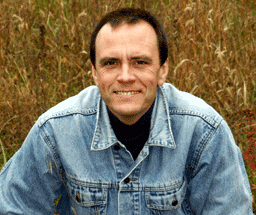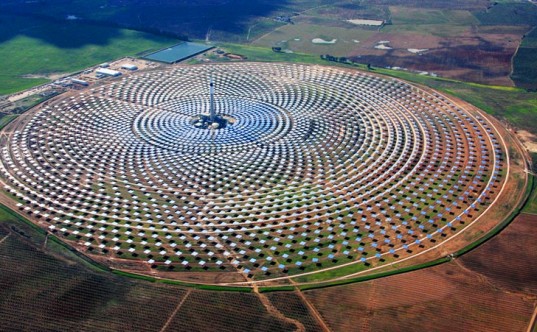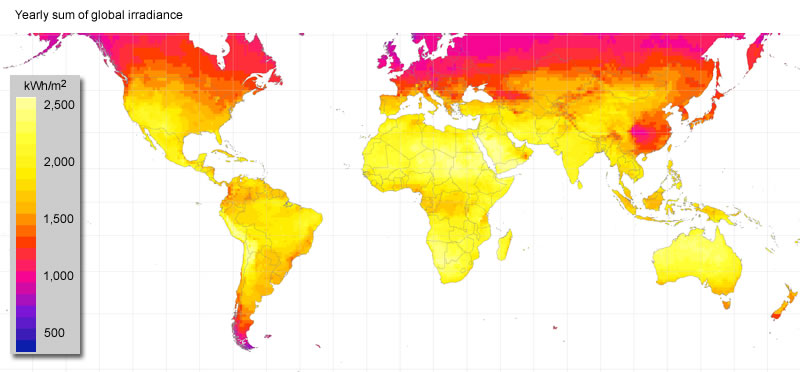Another reason Southern Company needs to get on with a smart grid, using its biggest private R&D outfit in the U.S. Now that solar has reached grid parity with everything including natural gas (and years since it passed nuclear), if the utilities don’t get out in front, they’re going to be left behind.
Derek Mead wrote for Motherboard yesterday, European Utilities Say They Can’t Make Money Because There’s Too Much Renewable Energy,
Renewable energy has been on a tear the past few years, with growth in many countries spurred by subsidies for wind and solar power. Now the heads of 10 European utility companies say EU subsidies should end, because they've got more renewable energy than they know what to do with.
The 10 CEOs in question, who refer to themselves as the Magritte group because they first met in an art gallery, represent companies that control about half the power capacity of Europe. The group gave a press conference today— Reuters says that 10 such executives giving a joint public statement is “unprecedented”—to hammer home a message they’ve been trumpeting ahead of an EU energy summit in 2014: There’s too much energy capacity, which has driven prices down so far that they can’t make any money.
 As long as there are nukes or coal plants, there’s too much capacity.
European utilities need to get on with things like Continue reading
As long as there are nukes or coal plants, there’s too much capacity.
European utilities need to get on with things like Continue reading







